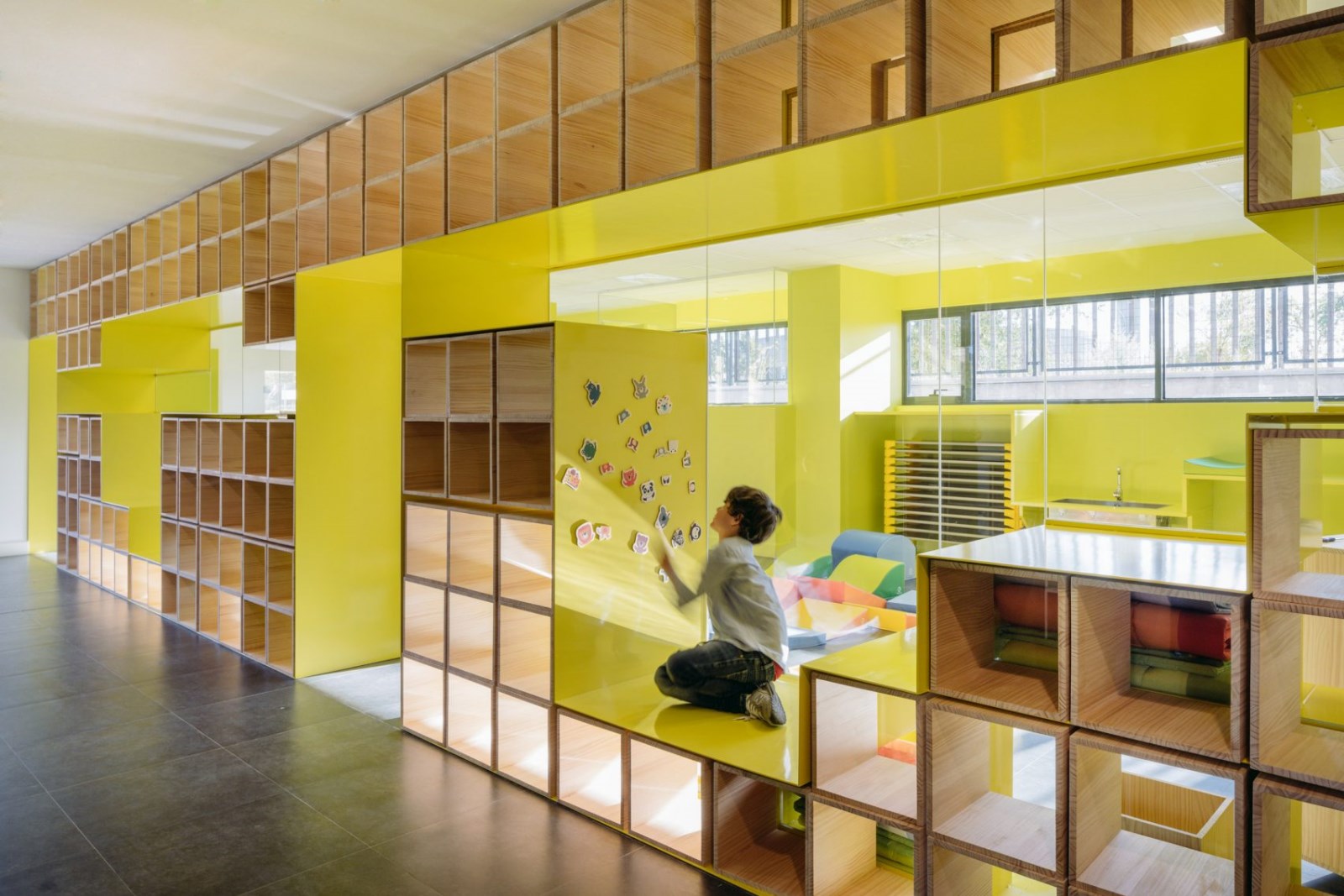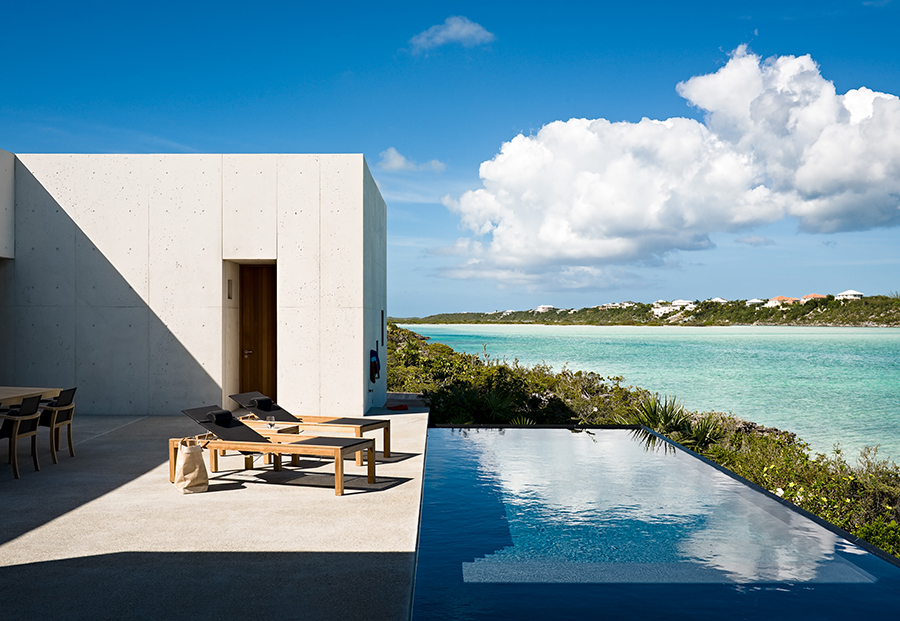Rotermann Grain Elevator KOKO architects
2016-11-04 08:00
Courtesy of KOKO architects
由KOKO建筑师提供


架构师提供的文本描述。罗特曼区位于塔林市中心一个历史上很重要的位置-在老城、海港和维鲁广场之间。到塔尔图、纳瓦和波努的道路在19世纪已经在维鲁广场相交,使之成为塔林的官方中心。罗特曼街区挤满了历史建筑,几乎和老城一样密集。1829年成立的罗特曼企业的所有者克里斯蒂安·亚伯拉罕·罗特曼开创了紧凑型工业区的发展。本季度的工业和贸易经历了好的和坏的时期。苏联年代毁坏了这些建筑物,在随后的不确定年代里,这些建筑变得破旧不堪,因此维修似乎是不可能的。1979年,这个衰败的地区成为安德烈·塔尔科夫斯基(AndreiTarkovsky)世界著名电影“史塔克”(Stalker)的背景。国家遗产委员会在2001年指定罗特曼区具有历史价值,因此发现新功能的旧工业建筑应该与高质量的当代建筑和平共处。
Text description provided by the architects. The Rotermann quarter is in a historically important location in the heart of Tallinn – between the Old Town, the harbour and Viru Square. The roads to Tartu, Narva and Pärnu already intersected on Viru Square in the 19th century, making it Tallinn’s official central point. The Rotermann quarter is packed with historical buildings almost as densely as the Old Town. Christian Abraham Rotermann, the owner of the enterprise Rotermann Factories, established in 1829, initiated the development of the compact industrial district. Industry and trade in the quarter has seen both good times and bad. The Soviet years wrecked the buildings and during the uncertain years that followed the buildings became dilapidated so that repairs seemed impossible. In 1979 the decaying district became the set for Andrei Tarkovsky’s world famous movie “Stalker”. The National Heritage Board designated the Rotermann quarter historically valuable in 2001, and so the old industrial buildings that have found a new function should coexist peacefully with high quality contemporary architecture.
Courtesy of KOKO architects
由KOKO建筑师提供




Courtesy of KOKO architects
由KOKO建筑师提供


谷物提升机(Rotermanni 2)前面的历史性监督大楼内有一家餐厅。该建筑物的屋顶已上升一米,因此似乎盘旋,目的是让自然光进入,并使用二楼成为可能。
The historic supervisory building in front of the grain elevator (Rotermanni 2) houses a restaurant. The roof of the building has been raised by one metre, thus appearing to hover. The aim was to let natural light enter and make it possible to use the second floor.
Courtesy of KOKO architects
由KOKO建筑师提供




Courtesy of KOKO architects
由KOKO建筑师提供


罗特曼区最壮观的建筑之一,位于Hobujaama街的谷物电梯,于1904年竣工。这座狭窄的建筑物有一百多米长。较长的一面没有窗户,但建筑的石灰石正面却被加固墙的金属带子所强化。墙上堆满了金属的细节,就像一件有用的旧外套上盖着纽扣。这些带子的目的是保持谷物电梯的墙壁完整,即使当谷物膨胀。
One of the most spectacular buildings in the Rotermann quarter, the grain elevator located on Hobujaama Street, was completed in 1904. The narrow building is over 100 metres long. The longer sides have no windows, but instead the limestone facade of the building is accentuated by metal straps that reinforce the wall. The wall is packed with metal details, like a useful old coat covered in buttons. The straps had the purpose of keeping the grain elevator walls intact even when the grain expanded.


由于内街一侧的洞口已在不同时期关闭,底层的建筑商住了商铺。这些房间的内部保存了悬挂在天花板上的旧谷物料斗。一条穿过建筑物底层中间部分的拱廊,将空间分隔开来,并为通往该地区中心的内街创造了一个入口。舞蹈室座落在没有窗户的地板上,阁楼为办公室提供了天窗,可以俯瞰整个地区和老城。
Since the inner street side has openings that have been walled shut at various periods, the ground floor of the building houses business premises. The interiors of these rooms have preserved the old grain hoppers hanging from the ceilings. An arcade that crosses the middle part of the building on the ground floor divides the space and creates an entrance to the inner street leading towards the centre of the district. Dance studios are housed on the floor without windows and the attic provides offices with skylights that look out across the district and the Old Town.
Courtesy of KOKO architects
由KOKO建筑师提供


2016年爱沙尼亚国家遗产委员会/表彰罗特曼谷物电梯示范遗产恢复/重建项目
2016 National Heritage Board of Estonia / recognition of exemplary heritage restoration / reconstruction project of Rotermann Grain Elevator
Courtesy of KOKO architects
由KOKO建筑师提供












































Architects KOKO architects
Location Tallinn, Estonia
Category Renovation
Area 5600.0 sqm
Project Year 2016
Manufacturers Loading...































